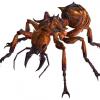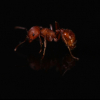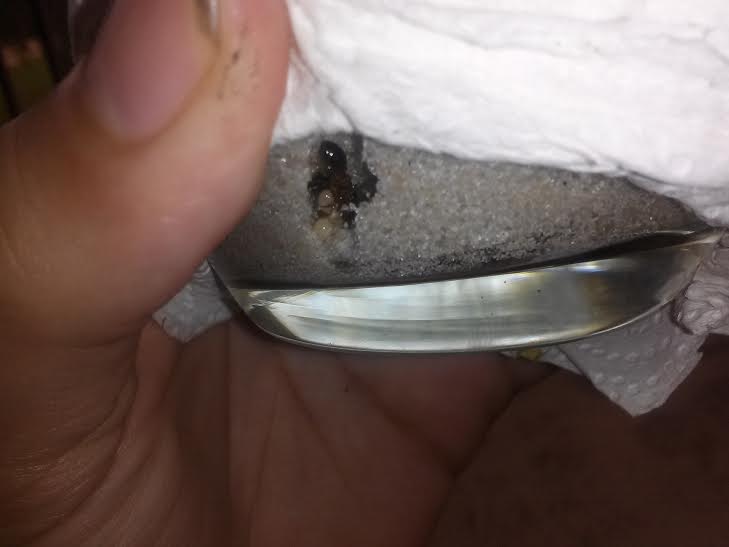Hello everyone! I just registered on this site and I would like to share my experiences with the formicidae fauna of Florida.
So far I only have 14 Solenopsis invicta queens and one Brachymyrmex queen. But let me explain below the situation.
Basically I collected ant queens, the first 4 were collected in April 7th, and the other 9 in April 27. The first colony had it rough and when the larvae pupated, the Burger king straw I kept them in dried out and the brood died. By that time it was April 29. It was about to rain on April 27, so I set up to look for ant queens. I caught a total 9 more. I placed 4 ants in one substrate enclosure (playground sand sterilized) and 5 others in another substrate enclosure. On may 22, the test tubes I had bought from amazon had arrived, pack of 12. So I put the 4 original queens into a test tube and fed them sugar to see if they can recover. During that day it was rainy so I captured a total 5 more queens, 4 being S.invicta and the other being Brachymymrex. It had been a week now up to this point, all 4 S.invicta have tiny brood including the Brachymymrex queen. I placed them outside to have them grow faster since then. 3 queens out of 4 in one substrate enclosure had died, leaving me with 1. She ate her most of her larvae except one, which looks about ready to pupate. The other 4 queens are still alive, have a huge batch of larvae up to 7 that are about to pupate with about a two dozen more eggs. I'm not sure if this colony already has pupae but they're just hidden, but I'm betting it does since the long span of time it took. So that's how my story finishes at 5-28-15, waiting for the colony to colony and all.
I check on them once or twice a day to see how they are doing because I keep them outside. Just checking in case ghost ants decide to invade. I found a spider inside one of the enclosures. Here they are at night.
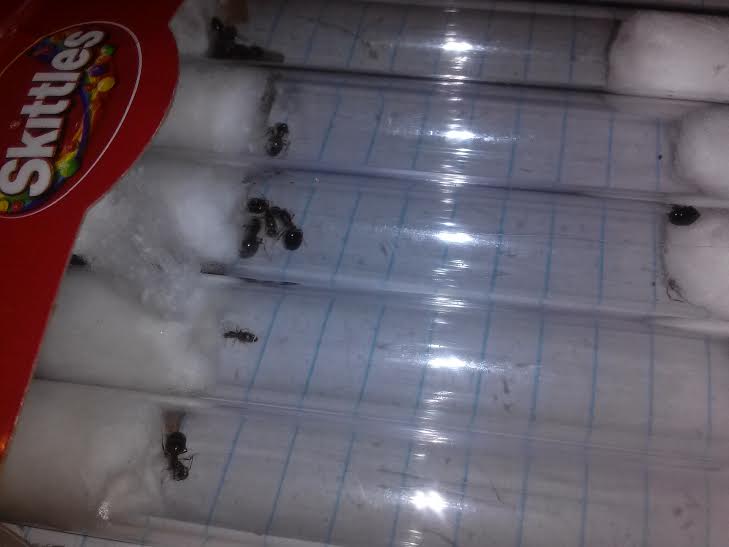
Original S.invicta queens are at the top, the first test tube.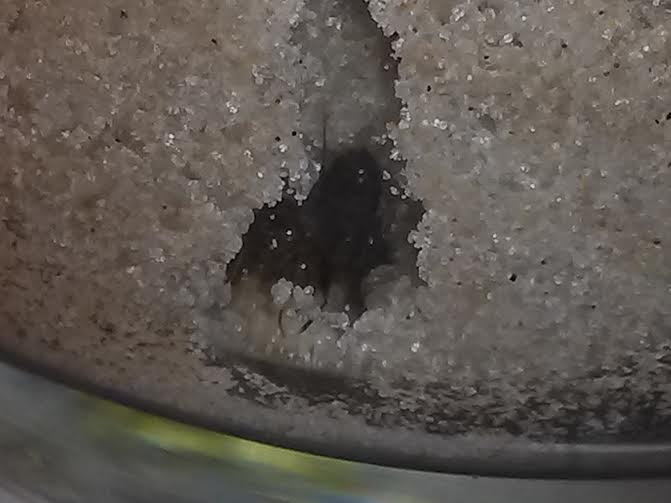
These are the 4 queens in the substrate enclosure. Doing good so far.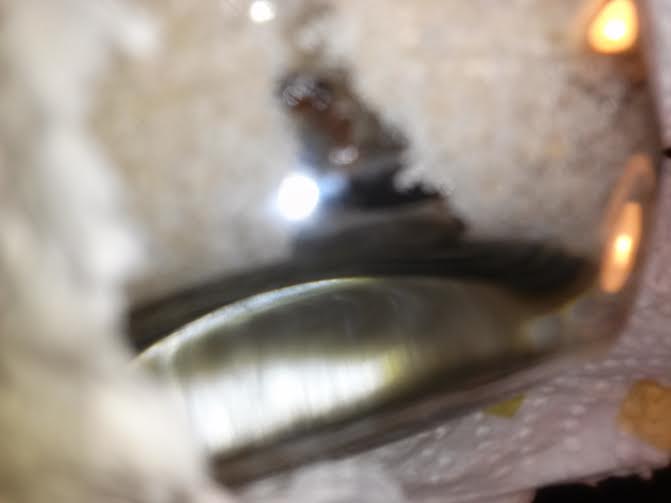
This enclosure originally had 4 queens but all but 1 died. She's fast so the picture is blurry, and she usually hides near the entran ce of the claustral chamber where the 4 originally dug vertically. So she has space to hide.
Now for some questions, in order for the fastest maturation rate of brood to occur, what temperature and source of heat should I use to acquire this. Or what else can I do to get them to grow faster. It gets cold at night and windy at day because it's storm season, so the enclosures and test tubes get relatively cooled because of this. Also I have trouble finding Pogonomymrex badius, I live in Fort Lauderdale in Weston city so I don't know where to look for them. Most of the areas are grassy or golfball courses, and I want to diversify the range of species I keep. Brachymymrex is the only new species I have attributed to, but Pogonomymrex ants are my favorite for their relatively easy feeding habits and population-limited colonies. Thanks and wait for next time until the first workers enclose!
Edited by Bardusquus, June 25 2015 - 11:12 AM.




